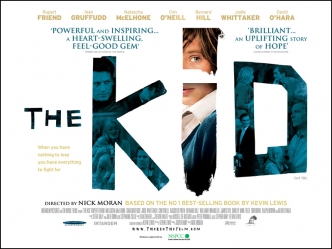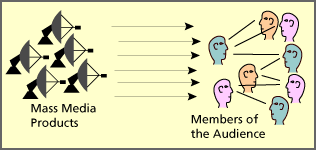Film 4 are a british film production company that have produced films such as 'This is England', 'Submarine' and 'Trainspotting' These films all show British social realism and drama. Because of this we have chosen this ident as a possible choice for our teaser trailer.
IFC films are an american based production company which have produced films such as 'Fishtank' and 'Adulthood'. These films are classed as social realism, however they convey a strong element of gang culture that our film does not focus on. Because of this, we have eliminated this from our choices.
Studio Canal area French based production company which have produced films such as 'Bridget Jones' diary' The majority of Studio Canal work is distributed throughout American by other producing companies. In 2006 they acquired Optimum Releasing pictures which has produced films such as 'Tyrannosaur'. These film production companies rarely work alone and so this could be a possible choice for our ident.
Vertigo Films are a british based production company that have produced films such as 'London to Brighton' and 'Football Factory'. We decided not to use this production company because they are not well known and only produce 4 films a year.
Our final decision is to use Film4 as our main producing company in association with Optimum releasing pictures.
























